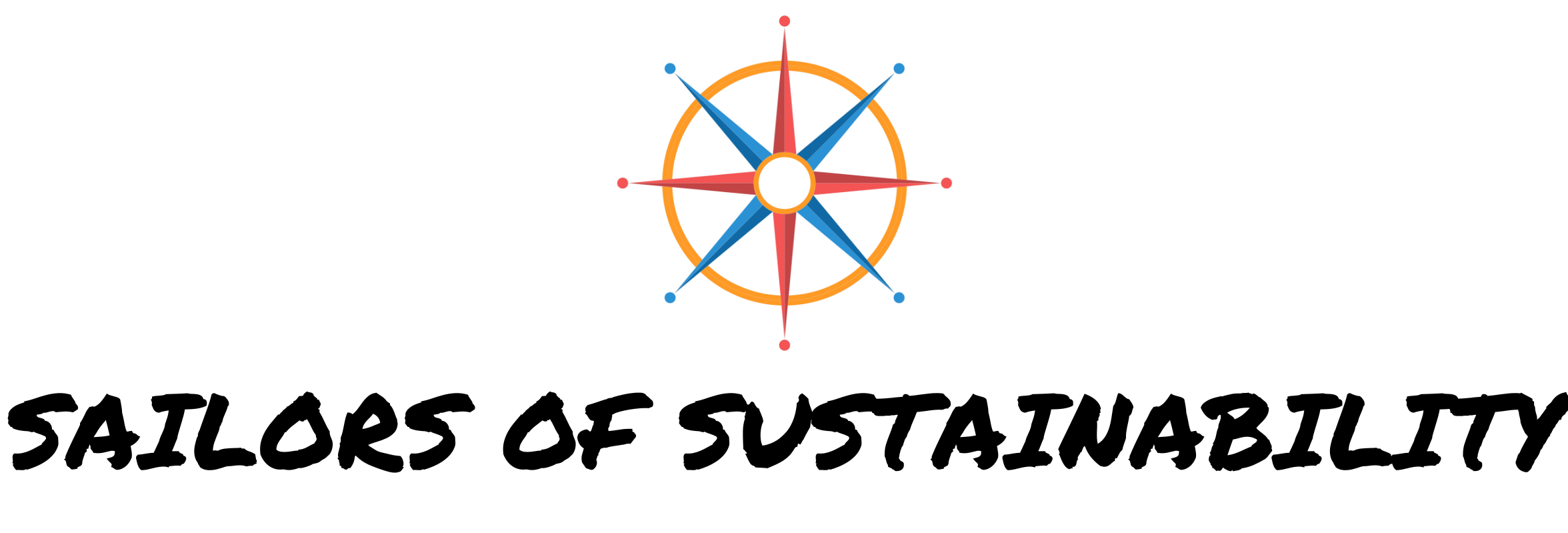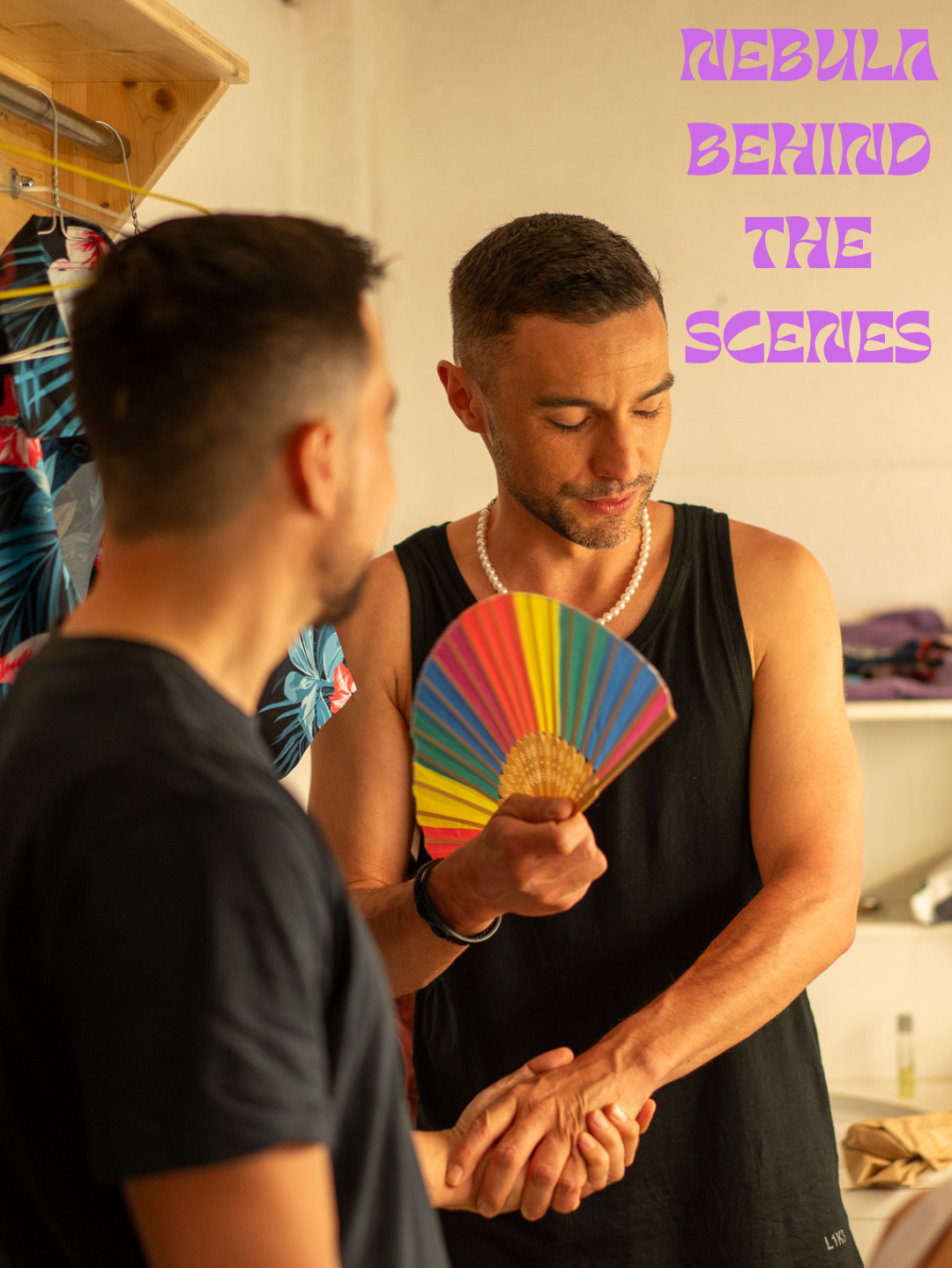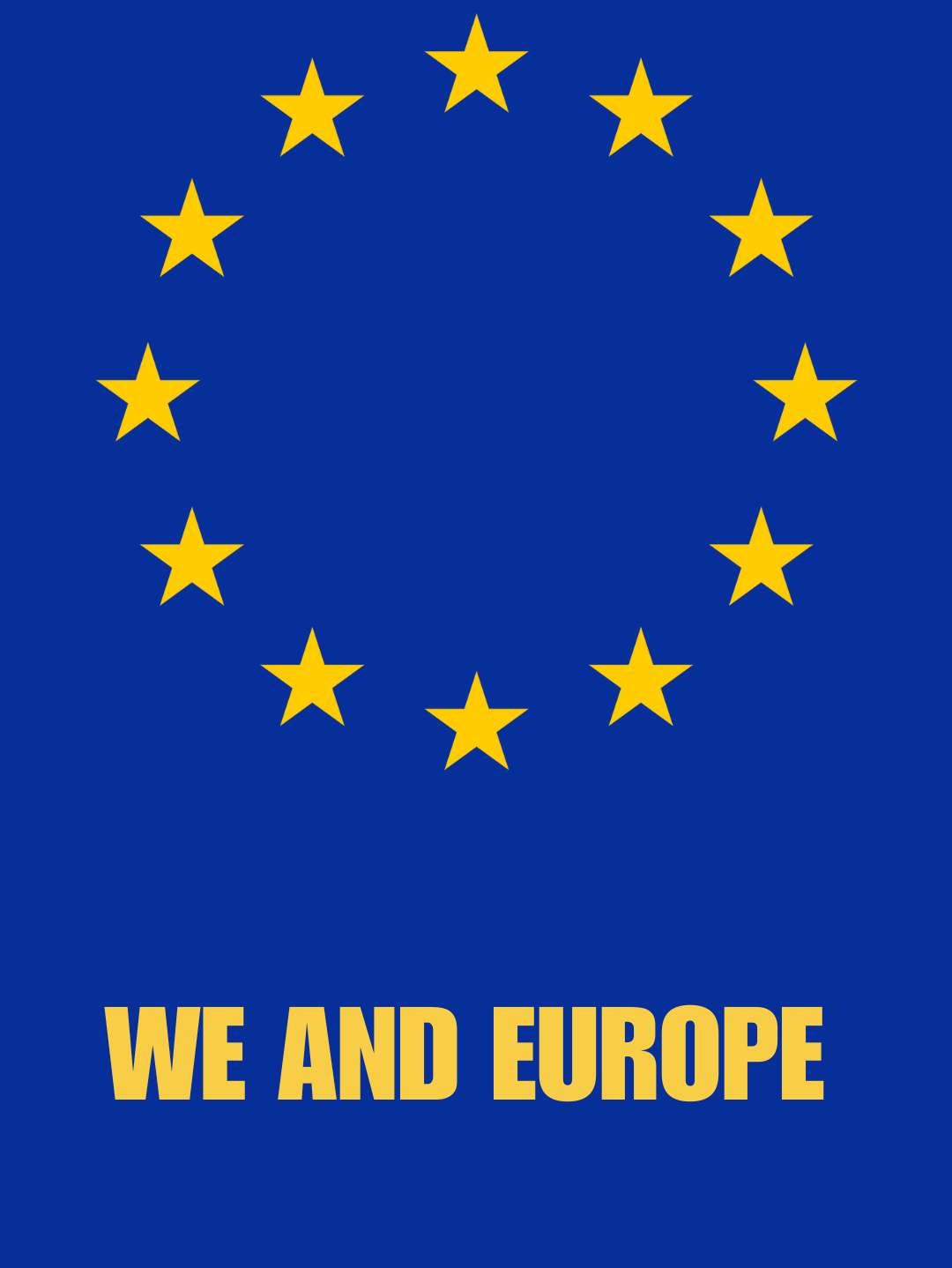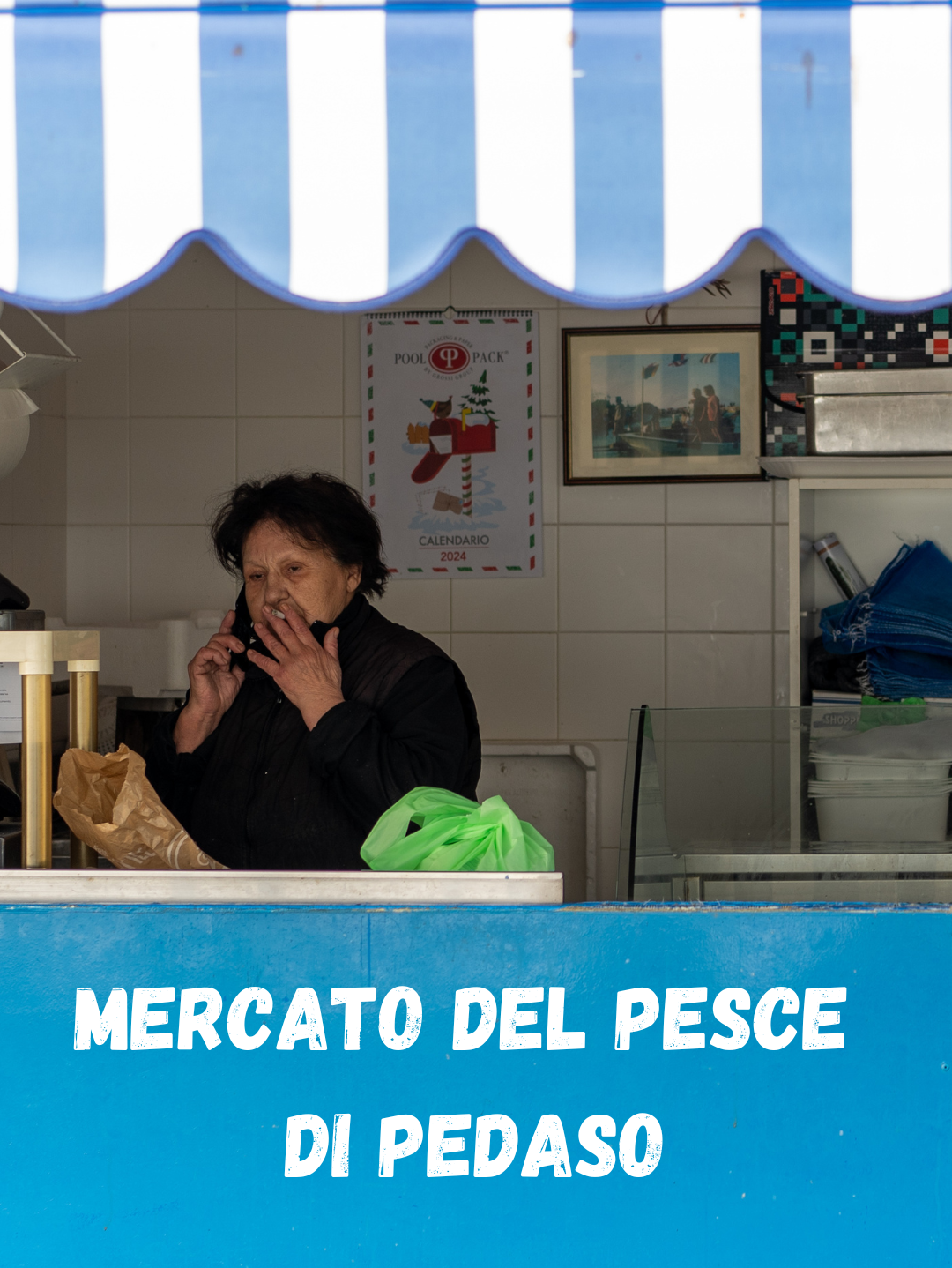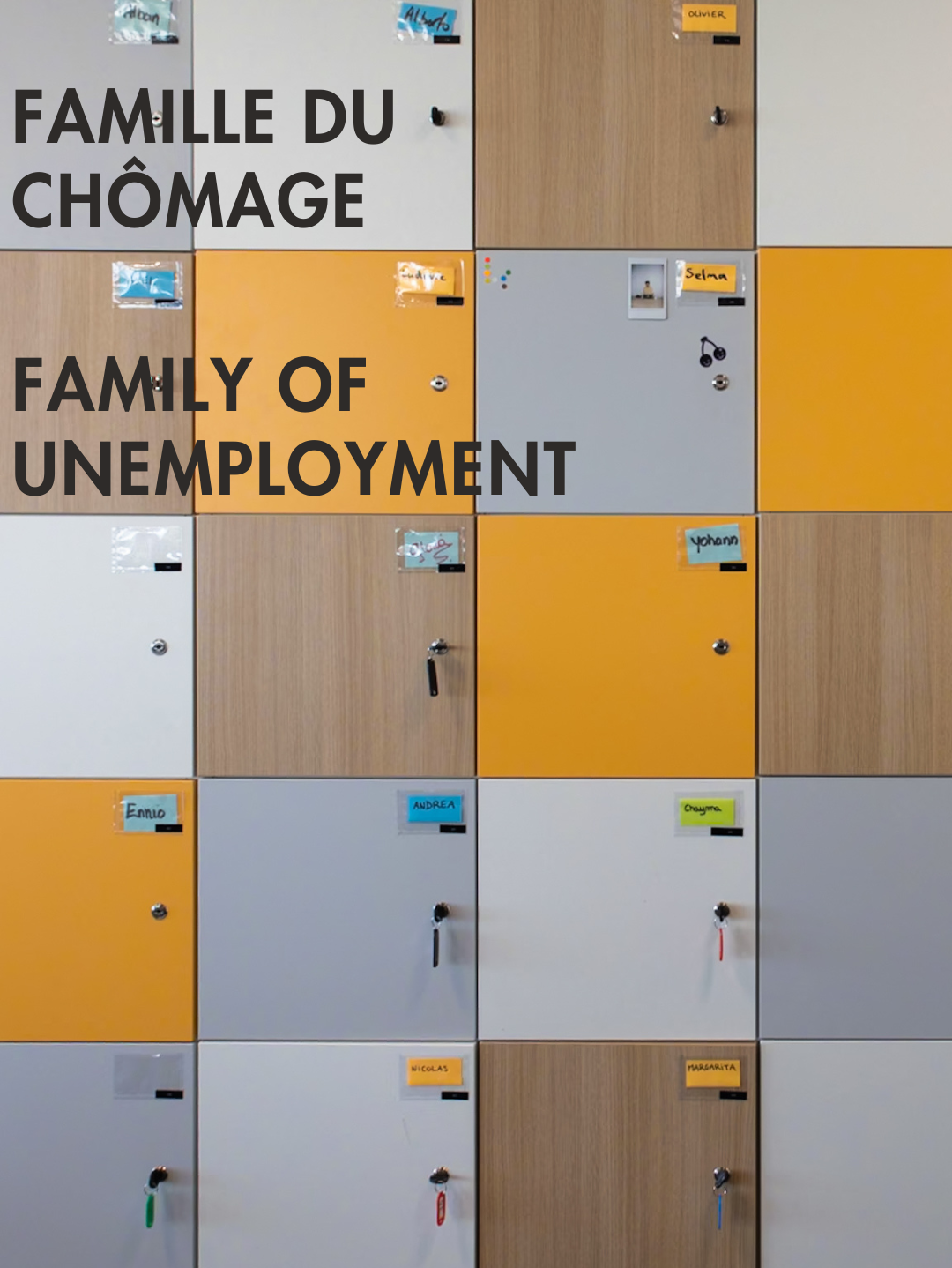The representation of poverty, often associated with images of
malnourished, poor, and suffering children, is commonly emphasized
through scenes set mainly in Africa. Such images, while eliciting great
compassion and prompting immediate donations, risk not adequately
addressing the underlying issues.
Advertising campaigns tend to paint a picture of Africa that does not
always reflect its complex reality. Africa is a continent rich in diverse
cultures, where people often speak more European languages beyond
the African ones, such as Swahili, which we Westerners often do not
understand. It is a continent where innovative businesses thrive and
where numerous cultural differences coexist.
Unfortunately, this limited representation contributes to the
perpetuation of stereotypes, distancing us from reality and creating a
relationship based on dependency, where the West gives and others
must wait passively. However, effective communication can only
occur when a representation as close as possible to the truth and
genuineness is presented.
A more definitive approach could come through changing the
narrative, not just showing the poor child, but providing a broader
framework that includes growing communities, emerging countries,
and young people eager to improve their situation, allowing the story
to come directly from them.
Instead, we should strive to build a more equitable relationship,
where we not only give but are also willing to receive and learn from
the culture of other countries, discovering that some problems we
donate to have deep roots that resonate even in our contexts.
Communication should not be limited to fundraising but should
become a tool to bring to light the fundamental injustices and thus
have an impact on global inequalities.
malnourished, poor, and suffering children, is commonly emphasized
through scenes set mainly in Africa. Such images, while eliciting great
compassion and prompting immediate donations, risk not adequately
addressing the underlying issues.
Advertising campaigns tend to paint a picture of Africa that does not
always reflect its complex reality. Africa is a continent rich in diverse
cultures, where people often speak more European languages beyond
the African ones, such as Swahili, which we Westerners often do not
understand. It is a continent where innovative businesses thrive and
where numerous cultural differences coexist.
Unfortunately, this limited representation contributes to the
perpetuation of stereotypes, distancing us from reality and creating a
relationship based on dependency, where the West gives and others
must wait passively. However, effective communication can only
occur when a representation as close as possible to the truth and
genuineness is presented.
A more definitive approach could come through changing the
narrative, not just showing the poor child, but providing a broader
framework that includes growing communities, emerging countries,
and young people eager to improve their situation, allowing the story
to come directly from them.
Instead, we should strive to build a more equitable relationship,
where we not only give but are also willing to receive and learn from
the culture of other countries, discovering that some problems we
donate to have deep roots that resonate even in our contexts.
Communication should not be limited to fundraising but should
become a tool to bring to light the fundamental injustices and thus
have an impact on global inequalities.
